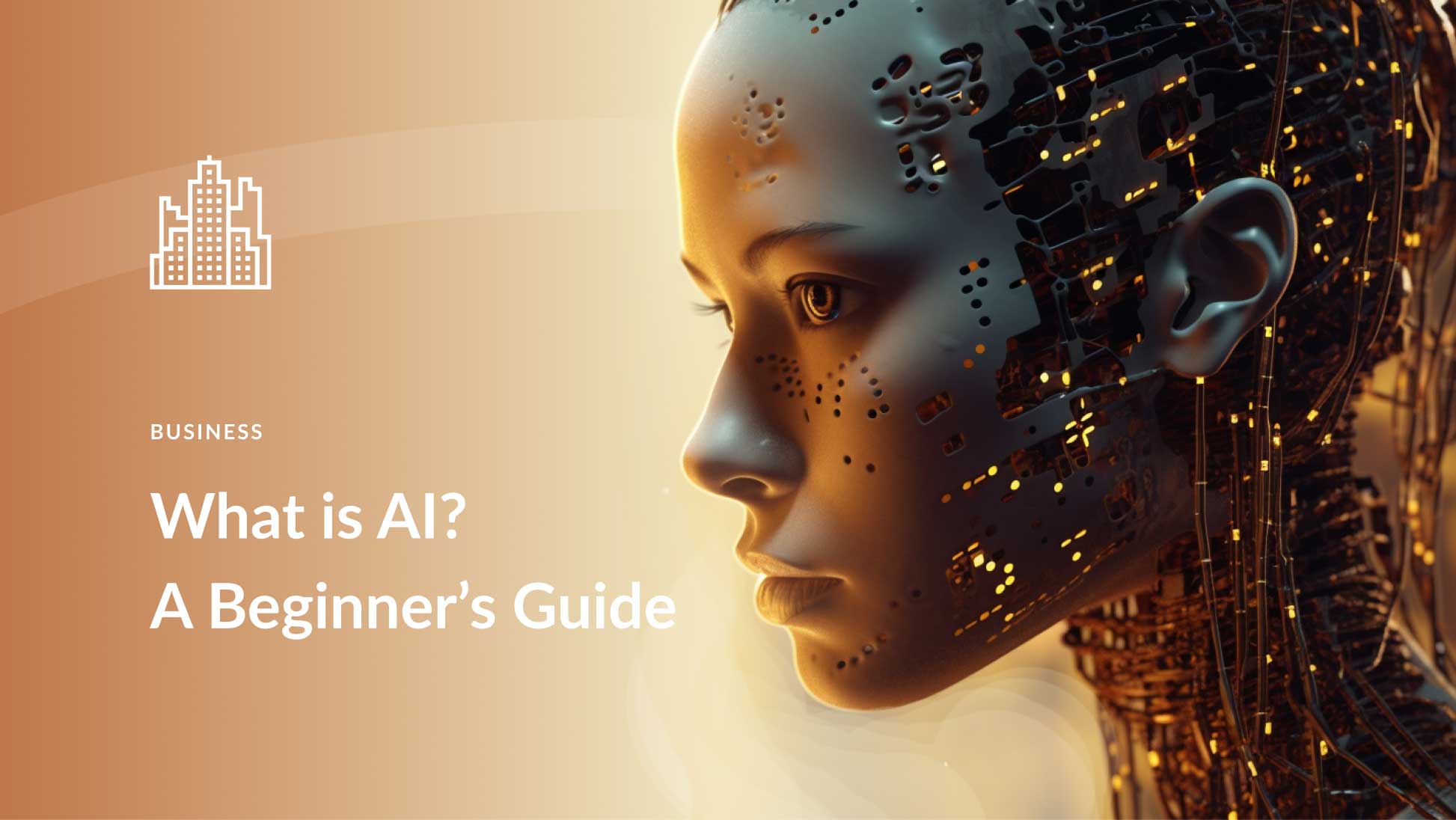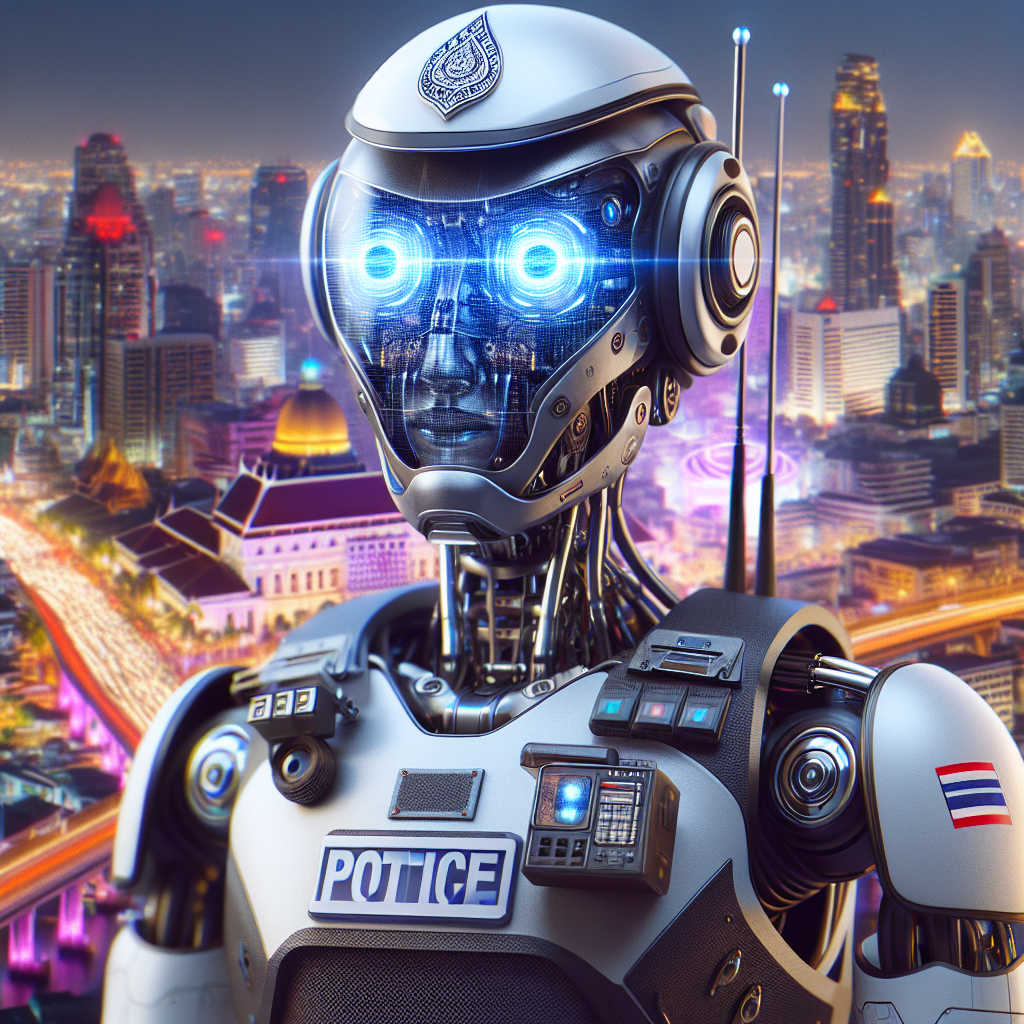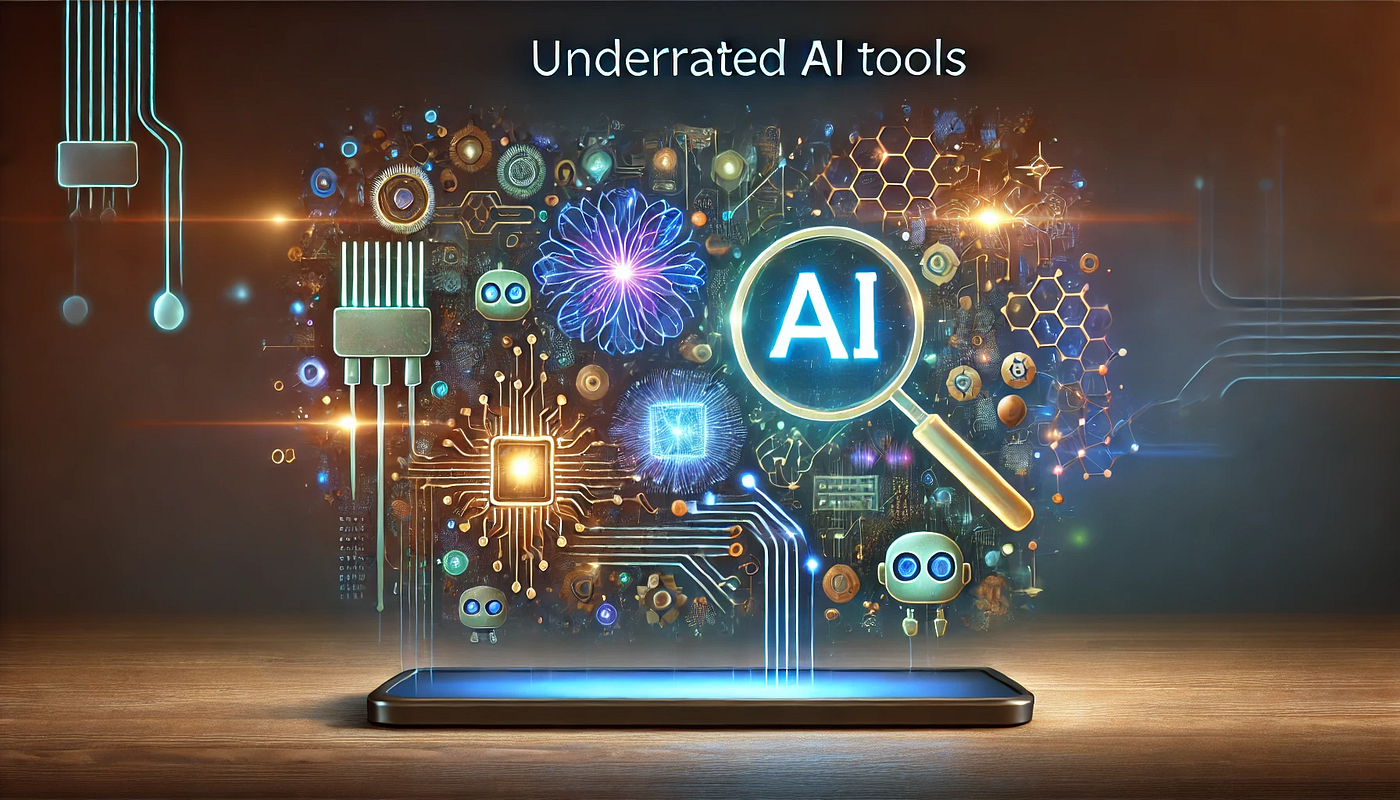Test YOUR Business in Minutes
Create your account and launch your AI chatbot in minutes. Fully customizable, no coding required - start engaging your customers instantly!
Introduction: Understanding the AI Buzz
Artificial intelligence is no longer just science fiction or a futuristic idea. It’s real, practical, and influencing everything from the way we shop online to how doctors diagnose illnesses. If you’re new to this topic, don’t worry! This guide will walk you through what AI is, how it works, and why it matters—without overwhelming jargon or confusing tech talk.
1. What Is Artificial Intelligence?
Think of your smartphone’s voice assistant that understands your questions and responds in natural language, or the recommendation system on Netflix that suggests your next favorite show. These are everyday examples of AI in action.
Unlike traditional software, which follows strict rules written by programmers, AI systems learn from data. This allows them to improve over time and handle tasks that would be too complex to code manually.
2. A Brief History of AI
Over the decades, AI went through cycles of hype and disappointment — sometimes called “AI winters” — because early computers couldn’t handle the complexity.
It wasn’t until the 2010s that things changed dramatically. The rise of machine learning—where computers learn from large datasets—and the explosion of available data helped AI make huge leaps. Now, in 2025, AI is embedded in many technologies we use every day.
3. The Main Types of AI
Narrow AI (Weak AI): This is AI designed to perform a specific task, like language translation, facial recognition, or playing chess. It can do that task very well but doesn’t understand anything beyond it. Most AI around us today falls into this category.
General AI (Strong AI): A more advanced AI concept, general AI would be able to perform any intellectual task that a human can do. It could reason, plan, and learn across a wide range of activities. This kind of AI does not yet exist but is the subject of ongoing research.
Superintelligent AI: This is a hypothetical future AI that surpasses human intelligence in virtually all areas. While it’s a popular topic in movies and books, scientists are still debating when or if this will ever become reality.
4. How AI Works (In Simple Terms)
For example, an AI model might be fed thousands of pictures of cats and dogs. Over time, it learns to identify the differences and can then correctly label new images it has never seen before.
This process involves:
Data collection: Gathering raw information like images, text, or numbers.
Training: Feeding this data into algorithms that learn patterns.
Evaluation: Testing how well the AI performs on new data.
Improvement: Adjusting the model based on mistakes to get better results.
More advanced AI systems, called deep learning, use layered neural networks inspired by the human brain’s structure to analyze very complex data like speech and video.
Test YOUR Business in Minutes
Create your account and launch your AI chatbot in minutes. Fully customizable, no coding required - start engaging your customers instantly!
5. Real-World Applications of AI in 2025
Healthcare: AI helps doctors by analyzing medical images faster than humans, predicting patient risks, and even assisting in drug discovery. Chatbots can provide instant medical advice, improving access to care.
Finance: Banks use AI for fraud detection, analyzing spending patterns to flag suspicious transactions instantly. Robo-advisors offer personalized investment advice, democratizing wealth management.
Retail and E-commerce: AI predicts what products you might want, personalizes promotions, manages inventory, and even automates warehouse operations.
Education: AI-powered tutoring systems adapt lessons based on student progress, offering personalized learning that helps every student succeed.
Creative Industries: From AI-generated music and art to writing assistance, AI tools support creatives by providing new ways to express ideas and streamline workflows.
6. Common Myths About AI
“AI thinks like a human.” Not yet. AI processes data differently and lacks true understanding or consciousness.
“AI will take all our jobs.” While AI will automate some repetitive tasks, it will also create new opportunities and roles that require human creativity and oversight.
“AI is objective and unbiased.” AI reflects the data it’s trained on. If that data contains biases, AI can unintentionally reinforce them, which is why ethical AI development is so important.
7. The Benefits and Risks of AI
Efficiency: AI automates mundane tasks, saving time and reducing errors.
Personalization: From shopping to entertainment, AI tailors experiences to individual preferences.
Innovation: AI drives new discoveries in science, medicine, and technology.
Risks
Job disruption: Some roles may become obsolete, necessitating workforce reskilling.
Privacy: AI’s need for data raises questions about personal privacy and data protection.
Bias: Poorly designed AI systems can unfairly impact people if biased data is used.
8. The Future of AI: What’s Next?
Smarter virtual assistants will anticipate needs and proactively help manage our schedules.
AI in smart cities will optimize traffic, energy use, and public services.
Human-AI collaboration will become the norm, blending machine efficiency with human creativity.
At the same time, society will need to address ethical challenges like AI transparency, accountability, and ensuring technology benefits everyone.
9. How to Start Learning More About AI
Books: "Artificial Intelligence: A Guide for Thinking Humans" by Melanie Mitchell offers a thoughtful introduction.
Online courses: Platforms like Coursera and edX have beginner-friendly AI courses.
Communities: Join forums like Reddit’s r/MachineLearning or attend local tech meetups to engage with AI enthusiasts.
Conclusion: AI Is Here—And It’s Just Getting Started
Artificial intelligence is no longer a distant dream or sci-fi fantasy. It’s a powerful technology shaping how we live, work, and interact every day. By understanding AI better, you can make informed decisions and even use AI tools to your advantage.
Whether you want to keep up with the latest tech, improve your career prospects, or simply satisfy your curiosity, now is the perfect time to learn about artificial intelligence.






